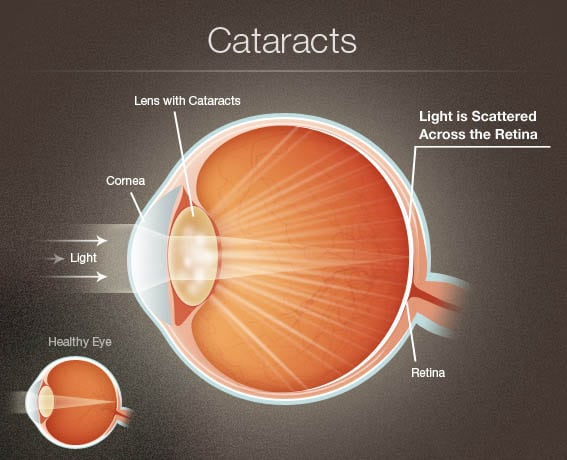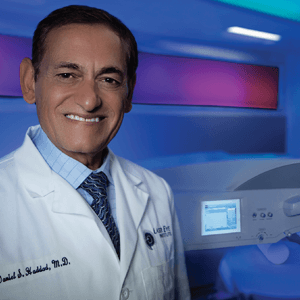
How are Cataracts treated
Treatment of a cataract involves a two-step procedure. First an ultrasonic instrument or laser is used to break up and gently remove the existing cloudy lens (the cataract lens) in the eye. Next the removed lens is replaced with an artificial replacement lens (known as an IOL). This replacement lens restores the ability to focus clear sharp images on the retina. Patients notice significantly improved vision almost immediately after cataract surgery. The entire procedure takes approximately 15 minutes and is performed as an out-patient procedure.

